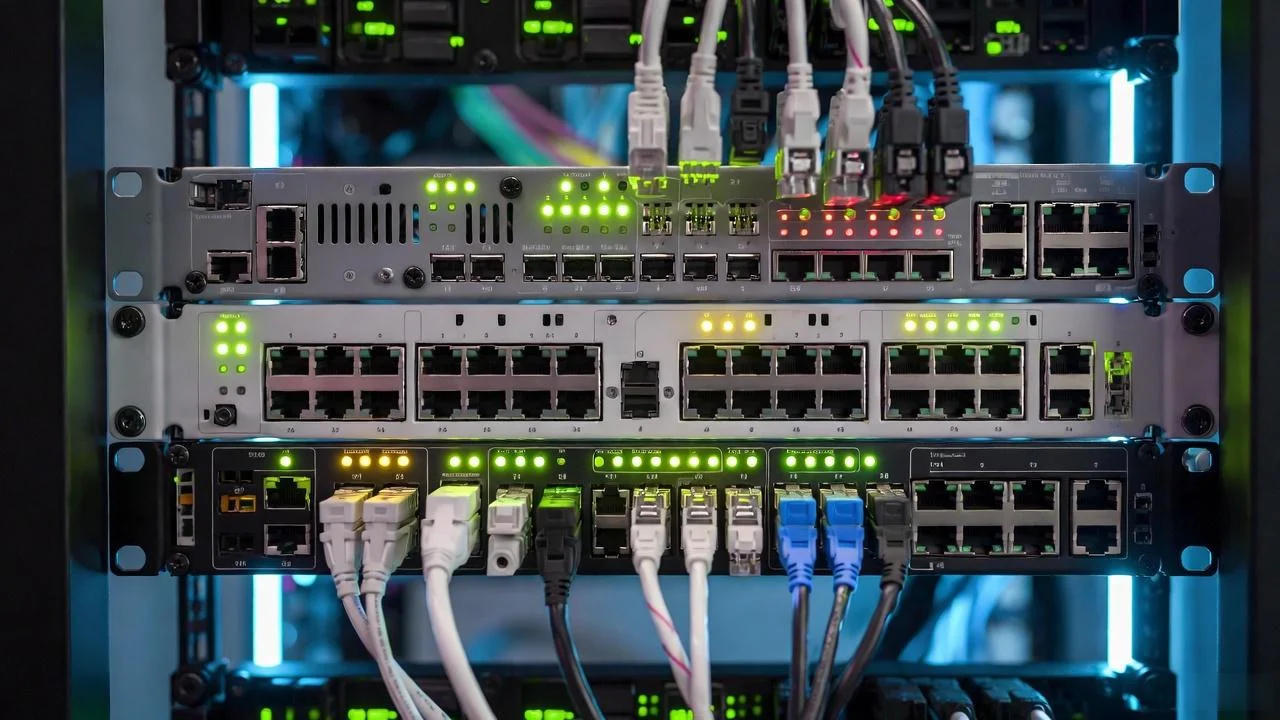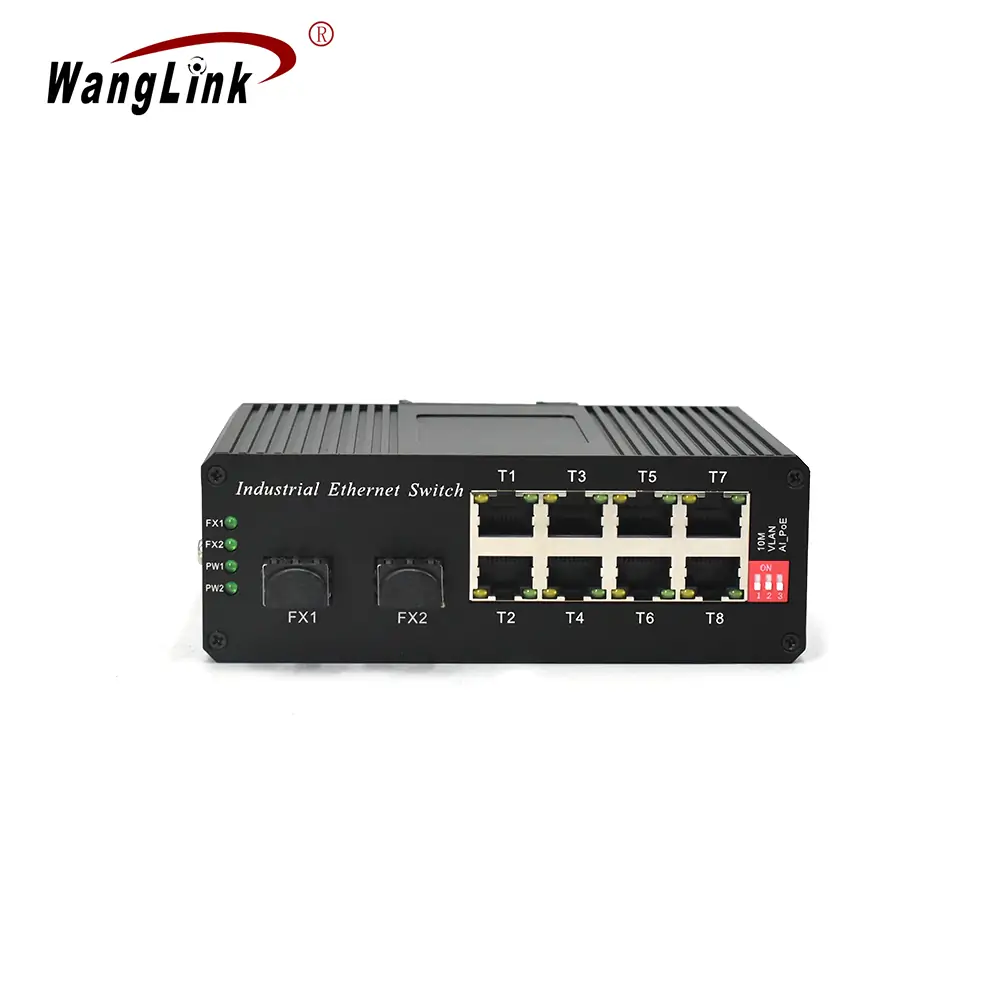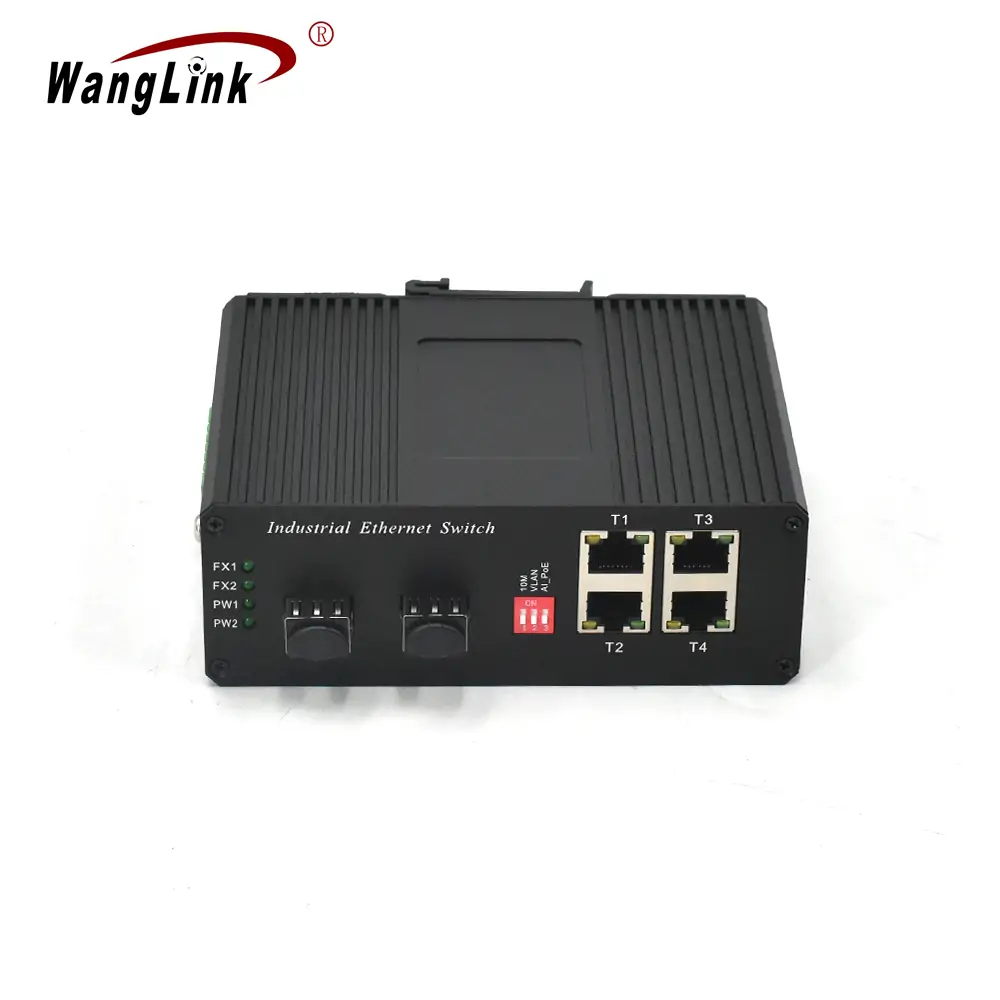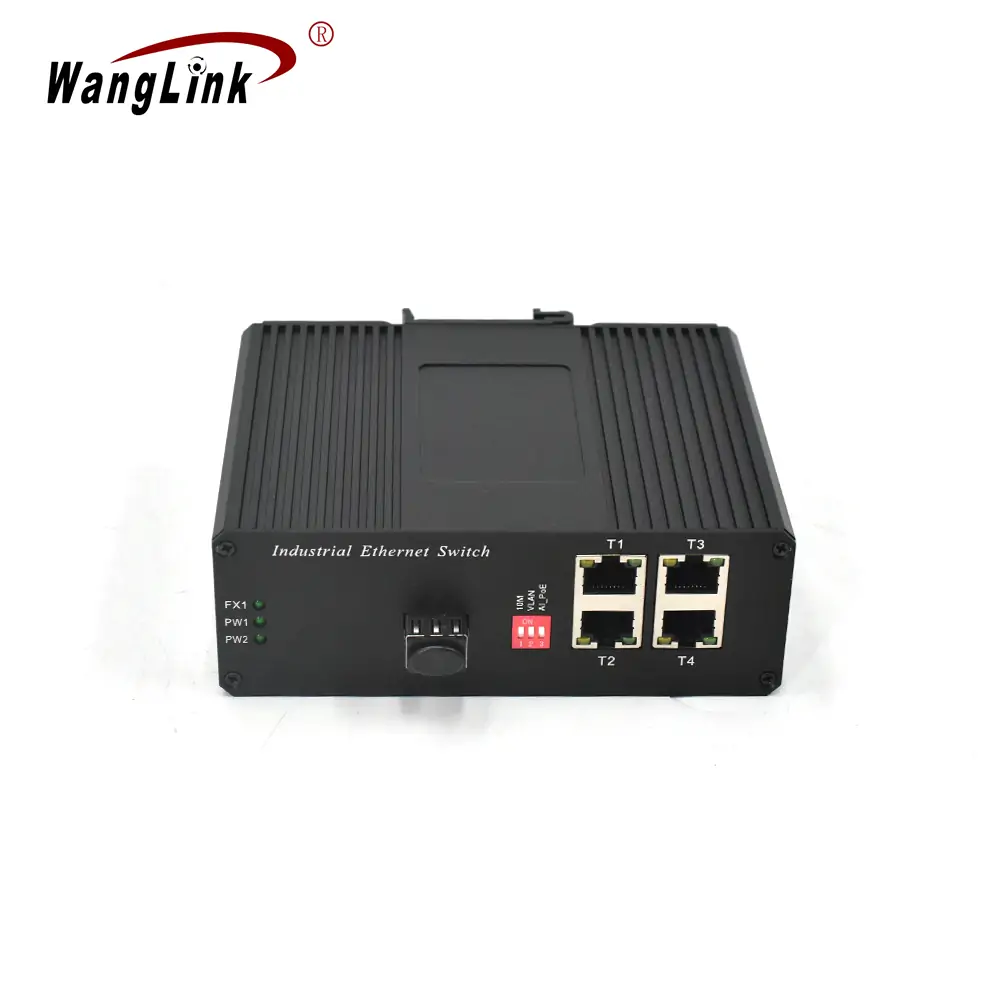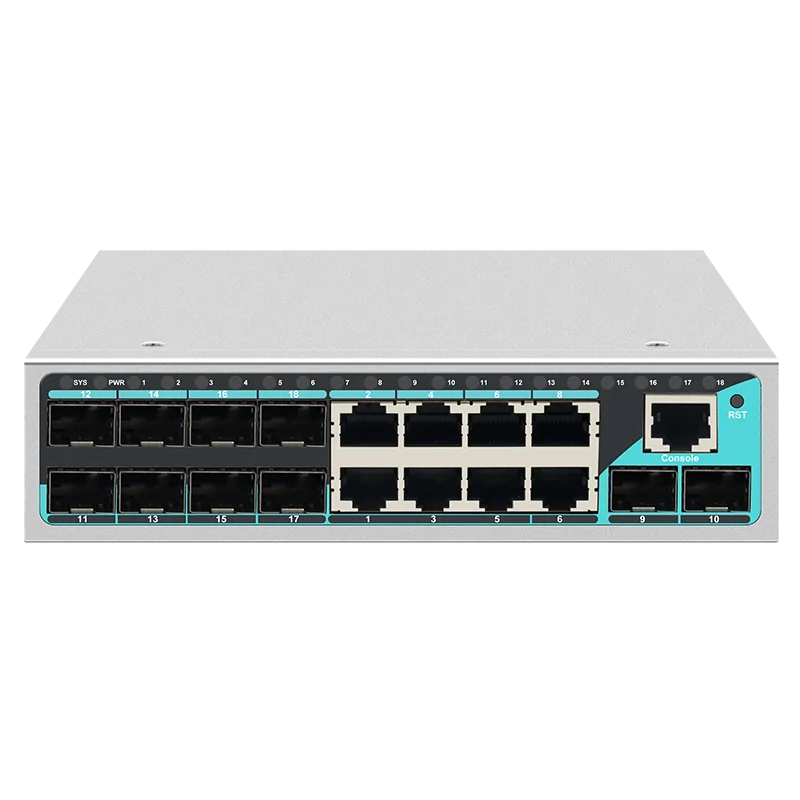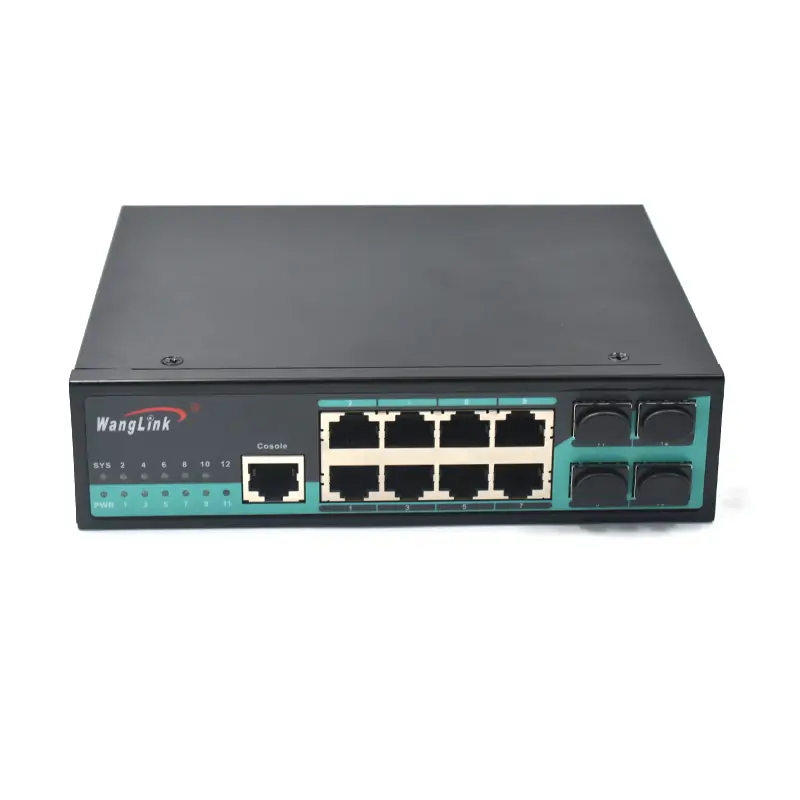Fibre Ethernet Switch: Complete Guide to High-Speed Network Solutions in 2024
In today’s digital landscape, network performance is critical for business success. A fibre ethernet switch serves as the cornerstone of high-speed networking infrastructure, enabling organizations to achieve unprecedented data transmission speeds and reliability. This comprehensive guide will explore everything you need to know about fiber optic switches and how they can transform your network performance.
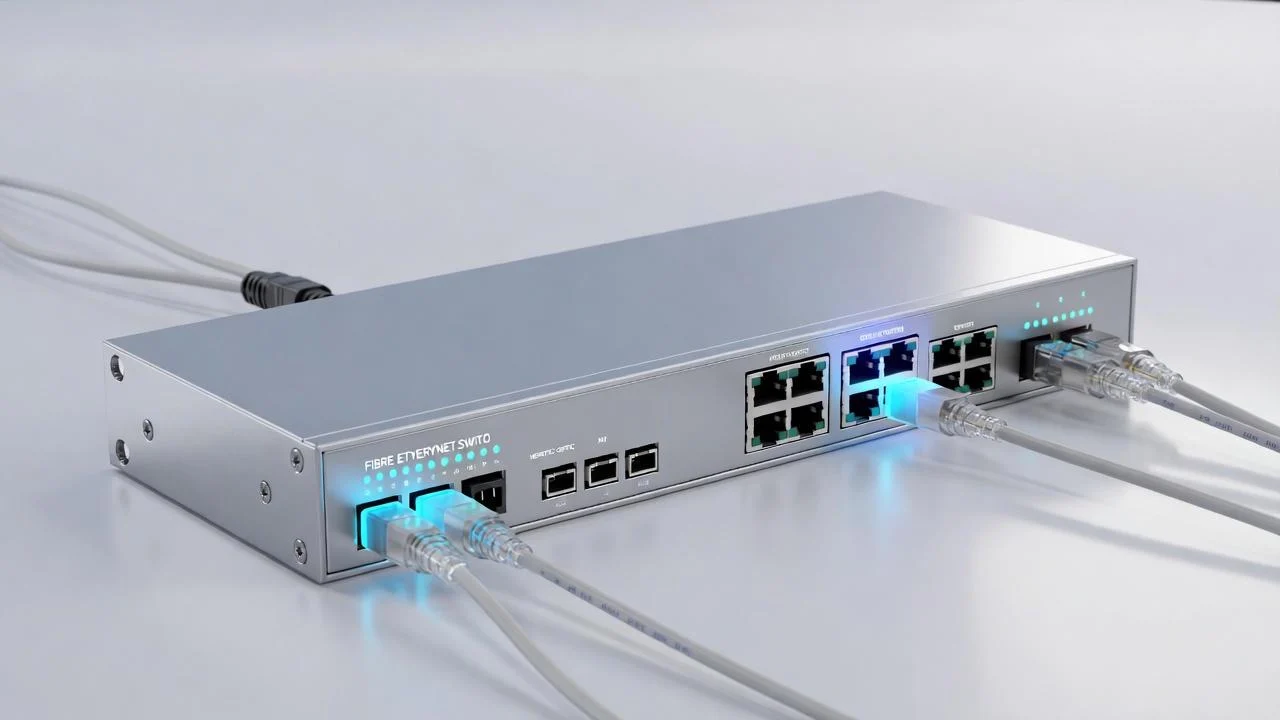
Understanding Fibre Ethernet Switch Technology
What is a Fibre Ethernet Switch?
A fibre ethernet switch is a network device that uses fiber optic technology to connect multiple devices within a local area network (LAN). Unlike traditional copper-based switches, fiber switches transmit data using light signals through optical fibers, enabling significantly higher speeds and longer transmission distances.
Key Components and Architecture
The fundamental architecture of a fiber ethernet switch includes:
- Optical transceivers: Convert electrical signals to optical signals and vice versa
- Switching fabric: Routes data packets between ports efficiently
- Management processor: Handles configuration and monitoring functions
- Power supply unit: Provides stable power to all components
- Cooling system: Maintains optimal operating temperatures
Types of Fiber Connections
| Connection Type | Distance Range | Speed Capability | Best Use Case |
|---|---|---|---|
| Single-mode fiber | Up to 40km | 1Gbps – 100Gbps | Long-distance connections |
| Multi-mode fiber | Up to 2km | 1Gbps – 40Gbps | Campus networks |
| OM3 fiber | Up to 300m | 10Gbps | Data centers |
| OM4 fiber | Up to 400m | 40Gbps | High-performance applications |
Benefits of Implementing Fibre Ethernet Switches
Superior Performance Characteristics
Fiber ethernet switches offer numerous advantages over traditional copper switches:
- Higher bandwidth capacity: Support for multi-gigabit speeds
- Lower latency: Minimal signal delay for real-time applications
- Electromagnetic immunity: No interference from electrical devices
- Enhanced security: Difficult to tap or intercept signals
- Future-proof scalability: Easy upgrade path for growing networks
Cost-Effectiveness Analysis
While the initial investment in fiber infrastructure may be higher, the long-term benefits include:
- Reduced maintenance costs due to durability
- Lower power consumption compared to copper alternatives
- Extended lifespan of 20+ years
- Decreased downtime and improved reliability
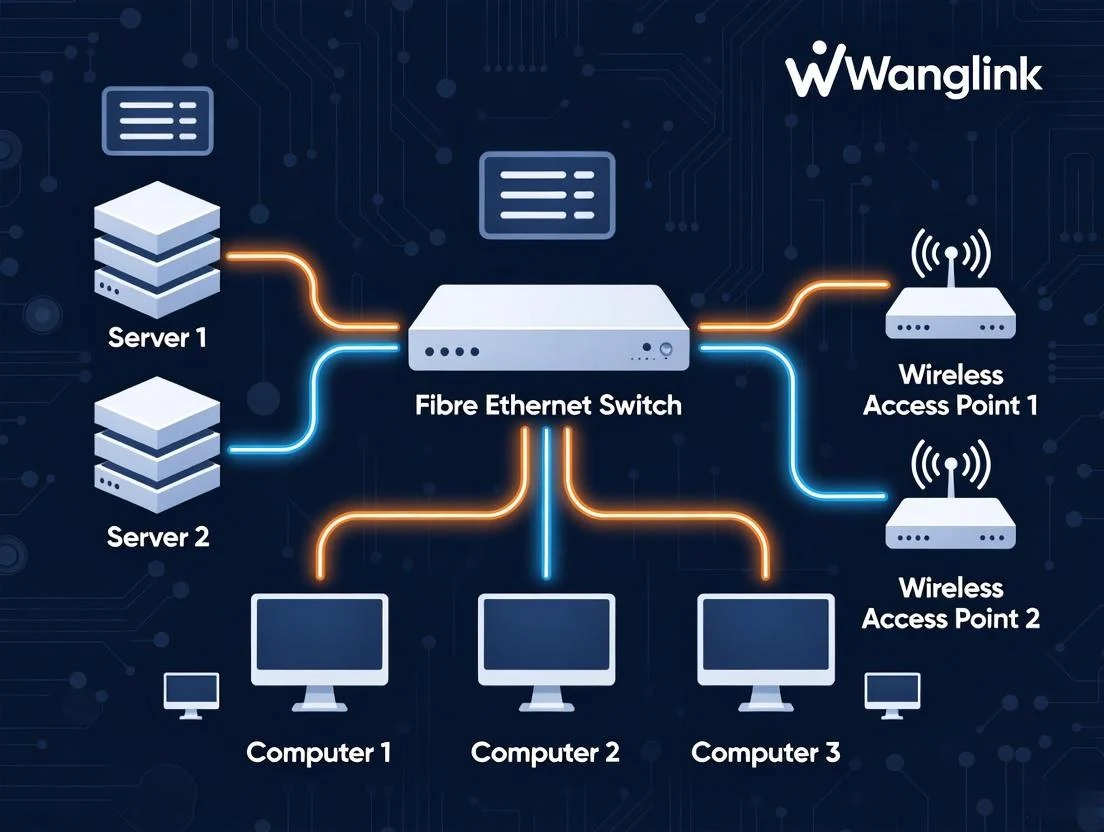
Industry Applications and Use Cases
Enterprise Networking Solutions
Modern businesses rely on fiber ethernet switches for:
- Data center connectivity: High-speed server interconnections
- Campus networks: Building-to-building connections
- Cloud infrastructure: Supporting virtualized environments
- Video conferencing: Low-latency communication systems
Industrial and Specialized Applications
Fiber switches excel in demanding environments:
- Manufacturing facilities: Harsh industrial conditions
- Healthcare networks: Critical patient monitoring systems
- Financial institutions: High-frequency trading platforms
- Educational institutions: Supporting distance learning
Case Study: Global Manufacturing Company
A leading automotive manufacturer implemented Wanglink’s fiber ethernet switches across their production facilities. The deployment included:
Challenge: The company needed to connect 15 manufacturing plants across different continents with reliable, high-speed networking to support real-time production monitoring and quality control systems.
Solution: Wanglink provided customized 24-port fiber ethernet switches with the following specifications:
- 10Gbps fiber uplinks
- Industrial-grade temperature tolerance (-40°C to +75°C)
- Redundant power supplies
- Advanced VLAN capabilities
Results:
- 99.9% network uptime achieved
- 40% reduction in network latency
- 60% improvement in data transfer speeds
- $2.3M annual savings in operational costs
Technical Specifications and Selection Criteria
Performance Metrics to Consider
When selecting a fiber ethernet switch, evaluate these critical parameters:
Port Configuration Options
| Port Count | Typical Applications | Recommended For |
|---|---|---|
| 8-port | Small office networks | SMB environments |
| 16-port | Department-level connectivity | Medium enterprises |
| 24-port | Floor or building networks | Large organizations |
| 48-port | Data center applications | Enterprise deployments |
Speed and Bandwidth Requirements
- 1 Gigabit: Standard office applications
- 10 Gigabit: High-performance computing
- 25/40 Gigabit: Data center interconnects
- 100 Gigabit: Backbone infrastructure
Advanced Features and Capabilities
Modern fiber ethernet switches offer sophisticated features:
- Layer 2/3 switching capabilities
- Quality of Service (QoS) management
- VLAN support and configuration
- Link aggregation protocols
- Network monitoring and diagnostics
- Redundancy and failover mechanisms
Installation and Configuration Best Practices
Pre-Installation Planning
Successful fiber switch deployment requires careful planning:
Site Survey and Assessment
- Evaluate existing infrastructure compatibility
- Assess power and cooling requirements
- Plan cable routing and management
- Consider future expansion needs
Network Design Considerations
- Determine optimal switch placement
- Plan redundant pathways
- Configure appropriate VLANs
- Implement security policies
Step-by-Step Installation Process
- Physical installation
- Mount switches in appropriate locations
- Connect power and grounding
- Install fiber optic cables
- Initial configuration
- Access management interface
- Configure basic network settings
- Set up VLANs and security policies
- Testing and validation
- Verify connectivity and performance
- Conduct stress testing
- Document configuration settings

Wanglink’s Fiber Ethernet Switch Solutions
Product Portfolio Overview
As a leading ethernet switch manufacturer, Wanglink offers comprehensive fiber networking solutions:
Standard Product Lines
- WL-FS Series: Entry-level fiber switches for SMB
- WL-FP Series: PoE-enabled fiber switches
- WL-FI Series: Industrial-grade fiber switches
- WL-FM Series: Managed fiber switches for enterprises
Customization Capabilities
Wanglink’s customization services include:
- Custom port configurations
- Specialized environmental ratings
- Branded enclosures and interfaces
- Application-specific firmware
Quality Assurance and Certifications
Our manufacturing process ensures:
- ISO 9001:2015 quality management
- CE, FCC, and RoHS compliance
- Rigorous testing protocols
- 13+ years of manufacturing expertise
Support and Service Excellence
Wanglink provides comprehensive support:
- Pre-sales technical consultation
- Custom design and engineering
- Global logistics and distribution
- Post-sales technical support
Contact our experts:
- WhatsApp: +8613544167258
- Email: [email protected]
- Website: Contact Us
Future Trends and Technology Evolution
Emerging Technologies
The fiber networking landscape continues evolving with:
- 400G and beyond: Ultra-high-speed connections
- Software-defined networking (SDN): Programmable network control
- Edge computing integration: Distributed processing capabilities
- AI-powered network management: Intelligent optimization
Market Projections
Industry analysts predict:
- 15% annual growth in fiber switch market
- Increased adoption in IoT applications
- Growing demand for edge computing solutions
- Enhanced security feature requirements
Frequently Asked Questions (FAQ)
General Questions
Q: What’s the difference between fiber and copper ethernet switches?
A: Fiber ethernet switches use optical signals for data transmission, offering higher speeds, longer distances, and immunity to electromagnetic interference compared to copper switches that use electrical signals.
Q: How far can fiber ethernet switches transmit data?
A: Transmission distance depends on fiber type: single-mode fiber can reach up to 40km, while multi-mode fiber typically supports distances up to 2km for high-speed applications.
Q: Are fiber ethernet switches compatible with existing copper networks?
A: Yes, many fiber switches include copper ports or can use media converters to integrate with existing copper infrastructure, enabling gradual migration to fiber.
Technical Questions
Q: What fiber connector types are supported?
A: Common connector types include LC, SC, ST, and MPO/MTP. The choice depends on your specific application requirements and existing infrastructure.
Q: Can I mix different fiber types in the same network?
A: While possible, it’s recommended to use consistent fiber types within network segments. When mixing is necessary, appropriate media converters or transceivers should be used.
Q: What’s the typical lifespan of a fiber ethernet switch?
A: Quality fiber switches typically last 10-15 years with proper maintenance, though technology upgrades may drive replacement sooner.
Business Questions
Q: What’s the ROI timeline for fiber switch investment?
A: Most organizations see ROI within 2-3 years through reduced maintenance costs, improved productivity, and lower power consumption.
Q: Does Wanglink offer custom fiber switch solutions?
A: Yes, Wanglink provides comprehensive OEM and ODM services with over 13 years of manufacturing experience, offering everything from PCBA design to complete product customization.
Q: What support is available for international customers?
A: Wanglink offers global support including technical consultation, custom engineering, worldwide shipping, and multilingual customer service.
Conclusion
Fiber ethernet switches represent a critical investment in your organization’s network infrastructure. With superior performance, reliability, and scalability, they provide the foundation for modern digital operations. Whether you’re upgrading existing infrastructure or building new networks, choosing the right fiber switch solution is essential for long-term success.
Wanglink’s comprehensive portfolio of fiber ethernet switches, backed by 13 years of manufacturing expertise and commitment to quality, offers solutions for every networking requirement. From standard products to fully customized solutions, our team of experts is ready to help you design and implement the perfect fiber networking solution.
For more information about our products and services, or to discuss your specific requirements, contact our technical team today. Stay updated with the latest networking trends and technologies through our news and knowledge base.
